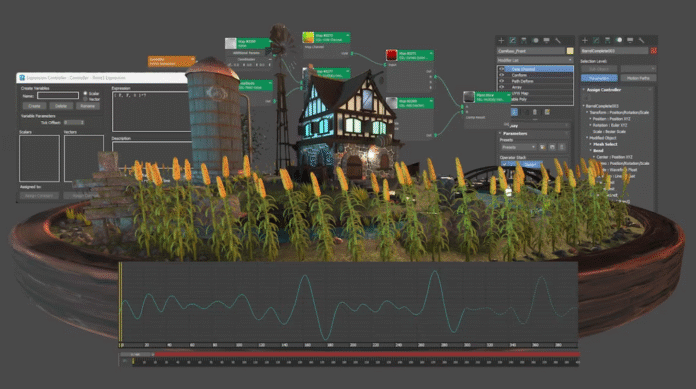Modern games are bigger and more advanced — there is no doubt about that. Most titles feature endless maps, unpredictable quests, and lifelike visuals. At the same time, players expect variety and realism in every gaming session. Repeated content quickly becomes boring to gamers. In fact, they often wish to get patches and DLCs in the blink of an eye. But of course, it is not easy to accomplish that. The more complex a game becomes, the more demanding the development is. To answer this growing need, developers turn to procedural generation. But what is this? Read on to find out!
Note: The following article synthesizes information from reputable sources, like Autodesk, Lenovo, and Medium to ensure accuracy and depth.
What is Procedural Generation?
Procedural generation is also known as Procedural Content Generation (PCG). It is a method or a technique that generates content through algorithms rather than manual creation.
In simple terms, it is when a computer uses a set of instructions to build digital worlds. A simple analogy would be the use of Artificial Intelligence websites instead of searching manually on Google. It is similar to how procedural generation creates content on the fly.
How Does Procedural Generation Work in Games?
Everything starts with a seed, also known as a rule or parameter. In detail, it is a small piece of data that serves as the DNA of the project. The algorithm then applies parameters and patterns to create objects, terrains, or textures. So, instead of game designers manually placing every tree or mountain, the system follows the rules to generate them automatically. For instance, it can create an island with randomly placed trees and animals. This process helps achieve natural-looking results without repeating assets. On top of that, procedural generation allows quick tweaks by changing the rules or adjusting settings.
Specifically, developers can use it in the following areas:
- Animation
- Dialogue
- Levels
- Loot Systems
- Object Instantiation
- Terrain
Ever since its emergence, it has already been utilized for many gaming titles. A few of these are Rogue, Elite, Minecraft, and No Man’s Sky.
Tools That Power Procedural Generation
Several tools are available to make use of this technique. While they all result in automated output, they may differ in the aspects they focus on. These tools allow developers to make procedural assets or implement procedural workflows.
- 3ds Max
- Blender
- Cinema 4D
- Houdini
- MapMagic 2
- Maya
- Media & Entertainment Collection
Key Takeaways
Procedural generation is the secret behind many of today’s games. More than making things easier and faster, it does offer lots of benefits. This process boosts replay value, reuse of data, efficiency, variability, and scalability. Ultimately, this only proves that even code can create worlds worth exploring.
